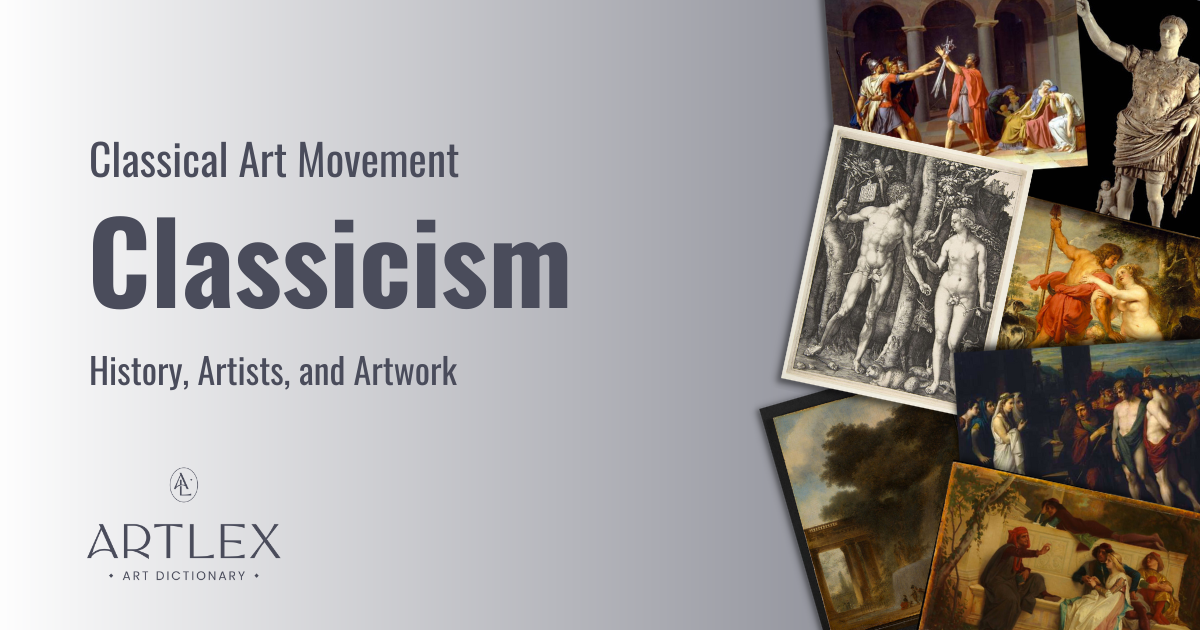What is Classical Art?
Classical art, or Classicism, refers to artwork that draws inspiration from ancient Roman or ancient Greek culture, architecture, literature, and art. Classicism was most popular in Western art during the Renaissance period and often depicted scenes from mythology through painting, sculpture, and printmaking. Classicism informs much of the subject matter depicted in history painting.
Notable Classical Artwork
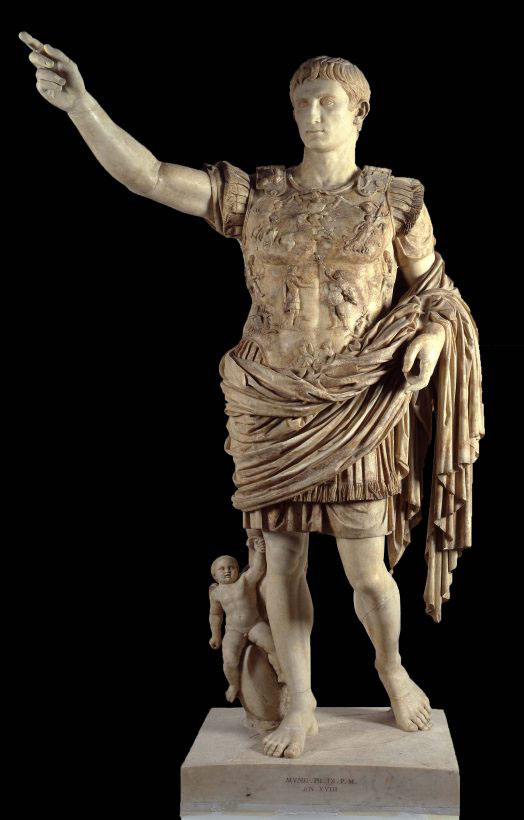
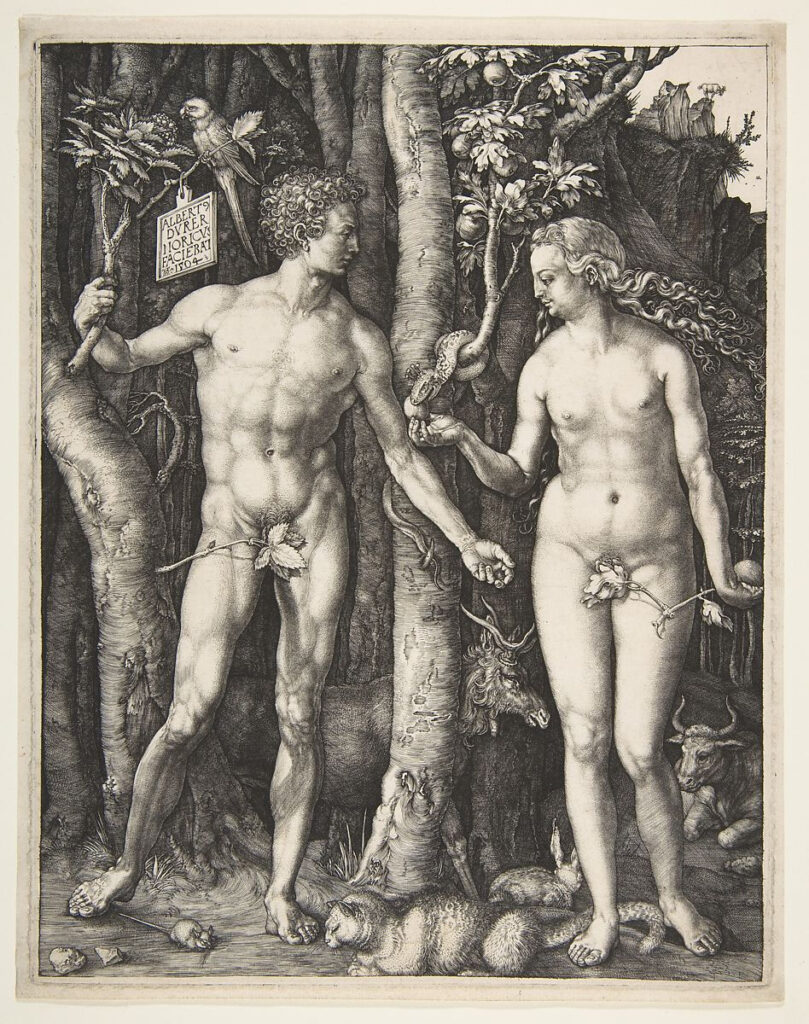
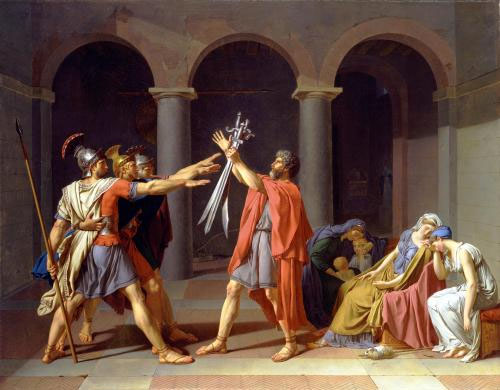
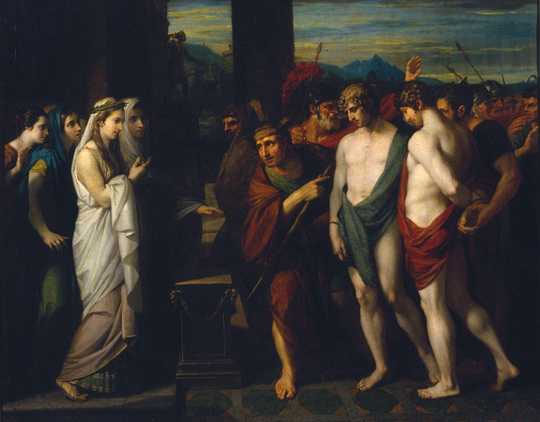
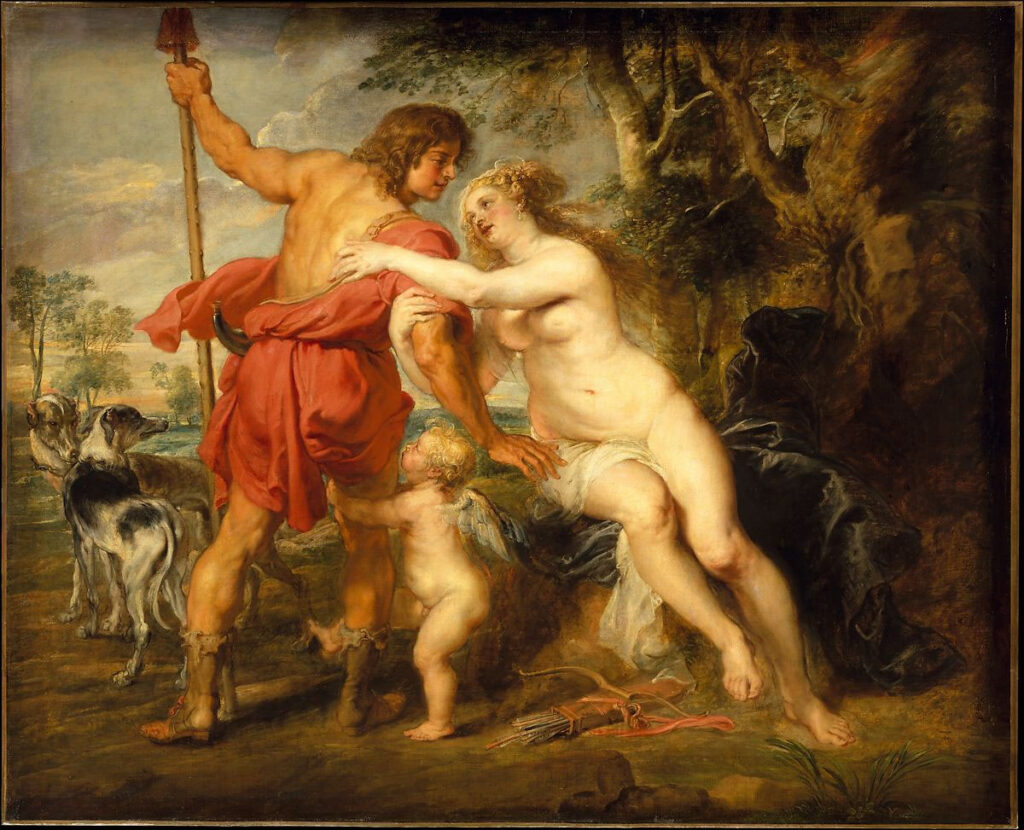
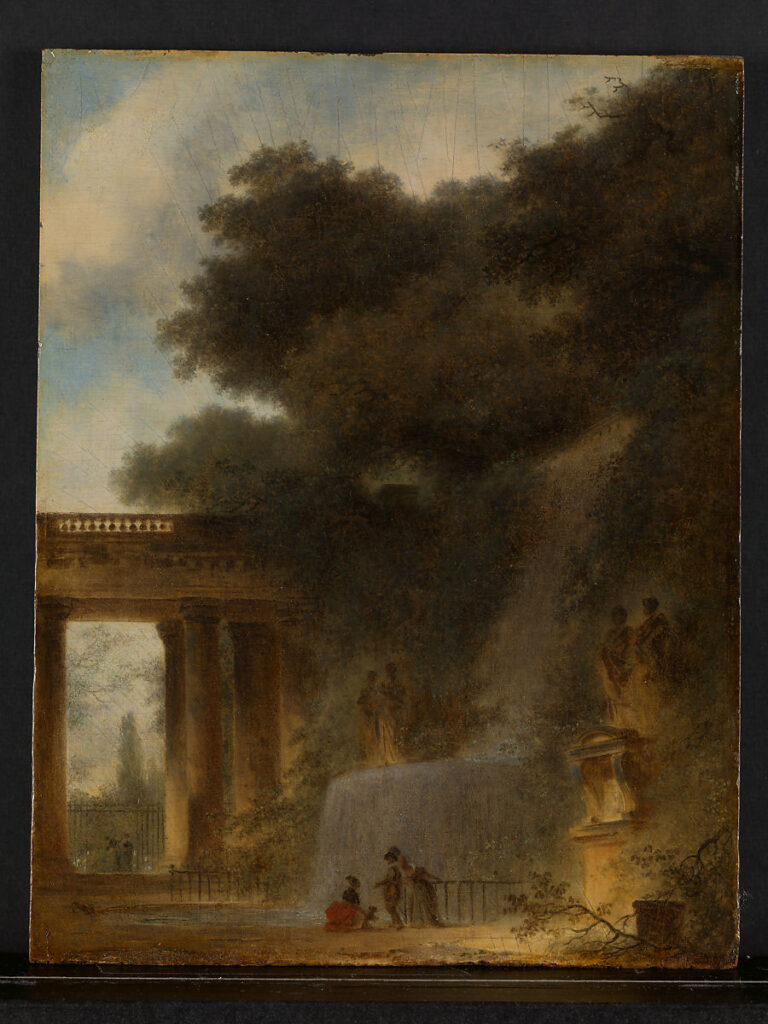
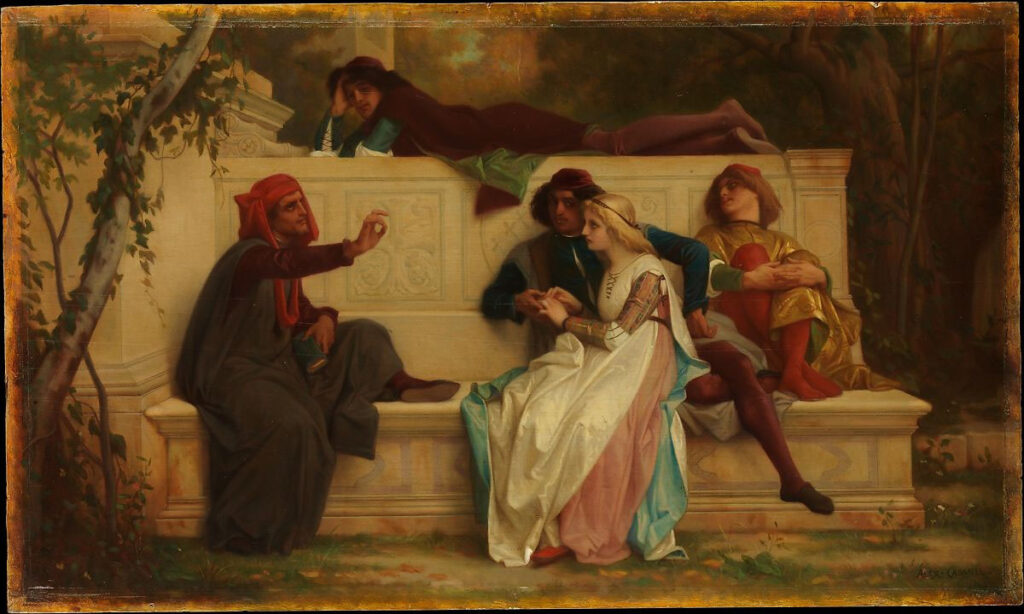
History of Classical Art
Much of Western civilization was built on the philosophy, science, art, and culture of ancient Greece. Because of trade routes along the Mediterranean sea and centuries of battle, ancient Greek culture was able to intermingle with Etruscan culture in southern Italy and the vast empire of the Romans.
Ancient Greek and Roman cultures, and therefore their artwork, valued nobility of character and military prowess. Before Christianity, both cultures worshiped a pantheon of gods and goddesses. Offerings were often made to these gods and goddesses in hopes of them bringing prosperity and protection to people of all classes. Spirituality was one aspect of culture that had significant influence on the art and architecture that followed.
Myth and legend were significant to both ancient Greek and Roman civilizations for many centuries. These beliefs impacted activities such as architecture and engineering. Cyclopean stonework, for example, is named for the Cyclops found in Greek mythology and the belief of later Greeks that only the mythical giant was strong enough to carry the massive stones. This is just one of many examples of how Myths and legends are also reflected in the culture and work of Greek artists.
The period known as classical antiquity lasted roughly 1500 years, from 1000 BCE to 450 CE. As a result, many innovations in the classical style of visual art developed during this time. One of the most significant innovations of the classical style belongs to Greek sculpture. Greek artists developed figurative sculpture which emphasized the depiction of realistic human features. However, despite their realism, these sculptures were often idealized based on the standards of beauty generally accepted at the time.
Frescoes, murals painted on fresh plaster, were also a popular technique used in the classical period. Vivid depictions of gods and goddesses, battles, processions, hunting, flora and fauna were commonly found in fresco painting.
In the Archaic Period, beginning in 776 BCE, male athletes became common subject matter as well. In Greek culture, the male nude was an example of physical perfection, beauty, and strong character. Athletes were depicted in frescoes and sculptures–they even adorned pottery such as vases, water jugs, and plates.
Later Developments in Classical Antiquity
There were many changes to the political climates of classical Greece and Rome throughout the era of classical antiquity. Existing policies were rectified, shifting both cultures closer to democracy. Art, particularly sculptures, worked to memorialize these widespread changes and honor those who led them to reform.
The teachings of Aristotle, Socrates, and Plato were immensely influential in Western philosophical and scientific inquiry. Though their philosophical inquiries did not always agree, these great thinkers were of the same opinion when it came to art: Art was meant to imitate nature and convey a sense of beauty according to mathematical principles. Much Greek art follows the golden ratio.
Greek myths, gods, and tales of heroism influenced Roman culture, especially Roman art and architecture. Roman emperors also began to commission art such as sculpture and even poetry. In fact, Virgil’s epic poem The Aeneid was commissioned by the emperor Octavian, later known as Augustus. Emperor Augustus also commissioned Augustus of Primaporta (1 CE), which depicted him as an ideal leader in classical Greek style.
The Golden Ratio
Greek culture appreciated beauty in close relation to mathematics. Beauty was achieved through a combination of proportion, harmony, and symmetry. Pythagoras and Euclid, Greek mathematicians, defined the golden ratio as a concept based on proportions between two quantities. Specifically, the ratio between two quantities is the same as the ratio between the larger of the two combined. Each body part of a human figure, for example, is related to the whole by means of this fixed mathematical ratio.
The Parthenon in Athens, Greece, one of the most famous Greek cities, was built according to the golden ratio and was revered for its mathematical perfection and therefore its beauty. The concept of the golden ratio continued to influence artists and architects for centuries to come, including Roman architects, Renaissance artists such as Leonardo da Vinci, and the modern architectural style of architects such as Le Corbusier.
The Revival of Classicism
Classicism refers to artwork that draws inspiration from classical antiquity. A revived form of Classicism was most popular in Western art during the 15th, 16th and 17th centuries, also known as the Age of Enlightenment. Classicist artwork often depicted scenes from Greek and Roman mythology through painting, sculpture, and printmaking.
Artists of the Italian Renaissance were inspired by the artifacts of Greco-Roman antiquity and strived to emulate the works of classical artists. In the Western canon of art, Classical sculpture and architecture were reproduced in paintings, altarpieces, and sculptures, often carrying a moral message.
Roman ruins and other Roman architecture often appeared in religious art as a symbol of Christianity as the departure from Roman culture, specifically pagan beliefs. They were often juxtaposed with Christian iconography that symbolized the birth, resurrection, and immortality of Jesus Christ. In paintings such as Domenico Morone’s The Adoration of the Magi, from 1484, ancient Roman ruins are repurposed as shelter for holy figures and depicted with archeological accuracy.
Roman sculpture also influenced the prints of German artist Albrecht Dürer, whose engraving Adam and Eve (1504) is influenced by the sculpture of Apollo Belvedere, which was excavated near Rome in the late 15th century.
Artists emulated antique objects in their paintings that allowed them to reproduce classical compositions, poses, and motifs valued by Greco-Roman artists. Renaissance artists were particularly interested in the treatment of the human body by their ancient predecessors. The golden ratio fascinated many artists and the traditional poses of gods and goddesses led to the depiction of subjects in contrapposto, an asymmetrical stance where one foot is placed slightly ahead of the other.
Artists also made connections between ancient remains such as coins, armor, weapons, as well as similar technologies, and modern inventions. This was a time of widespread scientific and archeological discovery, which fascinated artists and fostered a culture of knowledge and inquiry. The same appreciation of science first seen in Greek, Roman, Egyptian, and Persian Empire is a common theme in Classicism and informs much of the subject matter depicted in later history painting.
Neoclassicism and Romanticism
Classicism remained a common theme in visual art through to the 18th and 19th centuries. Neoclassicism was a major art movement during this time that lasted from around 1760 to 1840 and favored a depiction of classical themes and subject matter. Neoclassicism was deeply inspired by classical Greek and Rome and often depicted scenes from myths and legends that conveyed a moral message. Subjects, settings, and costumes were often depicted with historical accuracy thanks to the highly detailed classical literature of the Greek author Homer, the Italian poet Dante Alighieri, the Roman poet Ovid, among other prolific Greek and Roman thinkers.
A key aesthetic component of Neoclassical art was also technical precision. Neoclassical paintings typically idealized human figures, depicting them according to the standards of physical beauty accepted at the time. Compositions were also shallow and closed, balanced, with a restrained color palette. Order, logic, and scientific advancements were reflected in Neoclassical art, which was a reaction to the frivolity seen from the 1720s through to the 1750s when the Rococo style was popular in Europe, particularly France.
In the 1840s, Romanticism emerged as a reaction to Neoclassicism. This art movement also included many references to antiquity in its paintings and sculptures. American artist Thomas Cole’s series of five paintings called Course of Empire (1833-1836) depict the rise and fall of Western society using monuments and sculptures from classical antiquity as part of the subject matter. In The Consummation of Empire (1836) Ancient Roman temples represent the decadence that, in Cole’s view, caused the Roman civilization to crumble along with its megalithic structures. In Destruction (1836) an enormous sculpture of a gladiator can be seen among the ruins of an ancient world in the throes of chaos.
References
Phyllis Pray Bober and Ruth Rubenstein, Renaissance Artists & Antique Sculpture: A Handbook of Sources (London: H. Miller; Oxford: Oxford University Press, 1986).
Notable Classical Artists
- Jacques-Louis David, 1748-1825, French
- Benjamin West, 1738-1820, British-American
- Jean-Auguste-Dominique Ingres, 1780-1867, French
- Jean-Jermain Drouais, 1763-1788, French
- Pierre-Paul Prud’hon, 1758-1823, French
- Anton Raphael Mengs, 1728-1779, German
- Michelangelo, 1475-1564, Italian
- Raphael, 1483-1520, Italian
- Albrecht Dürer, 1471-1528, German
- Leonardo da Vinci, 1452-1519, Italian
- Hieronymus Bosch, 1450-1516, Dutch
Related Art Terms
- Iconography
- Neoclassicism
- Romanticism
- Baroque
- Rococo
- Renaissance Art
- Gothic Art
- History Painting
- Genre Painting
- Contrapposto

